Other than the obvious, if you have a Pug, Frenchie, or one of the other brachycephalic breeds, a few things come to mind as to why does my dog make weird breathing noises. Though most are health-related, some are also a natural occurrence.
Worrying about odd sounds coming from your dog’s airways sends chills down your spine, but in most cases the cause is not serious, and a quick visit to the vet resolves the issue at hand. This article will go through all the possible causes, regardless of severity.
The primary concern is preventing any complications or development of deeper problems, so knowing the symptoms and learning to spot them can help you potentially save your dog’s life.
Health Issues And Genetics Can Both Have Negative Effects

To get the obvious out of the way, let me tell you what the most frequent problem is. People forget that brachycephalic dog breeds, or those with muzzles that are completely flat with their face, are anatomically built to have issues breathing.
Pugs, French Bulldogs, English Bulldogs, and even Boxers, are bound to display symptoms of brachycephalic airway syndrome. This means that their whole respiratory system can have one or all anatomical anomalies associated with BAS.
So, the simplest, but not most confidence-inducing answer, is that your dog’s genetics and physical breed characteristics are causing problems that result in weird breathing noises.
The second explanation assumes that you do not have a brachycephalic breed, but your dog still produces odd sounds while breathing. Well, certain anatomical irregularities can appear in non-brachycephalic breeds, too.
Depending on the particular condition and the location of it in the respiratory system, it can be less or more serious. Thankfully, it is predominantly the upper respiratory system that causes odd breathing noises, but treatment can be complex.
Often overlooked, but very common, is a foreign object in the dog’s throat. Dogs pawing at their nose or “yawning” too frequently might have food or toys stuck in their throat or windpipe.
We cannot exclude injury caused by a bone or other foreign object that the dog swallowed or was removed. Inflammation or infection due to being immunocompromised or injury by foreign objects can cause constriction of the upper respiratory system, leading to weird breathing noises.
All The Causes For Your Dog’s Weird Breathing Noises

First, let us talk about the elephant in the room. With breeds that have flat muzzles, the cause is purely genetic, since breeders purposefully bred dogs with the desired head anatomy to produce the designer dog group.
There is not much else to say about the causes, which means we can proceed talking about the actual conditions that are subsumed under the name of brachycephalic airway syndrome.
Keep in mind that non-brachycephalic breeds can also have the same symptoms from the same conditions listed below. The frequency at which they occur in brachycephalic breeds is simply much greater than in other dog breeds.
1. Stenotic Nares
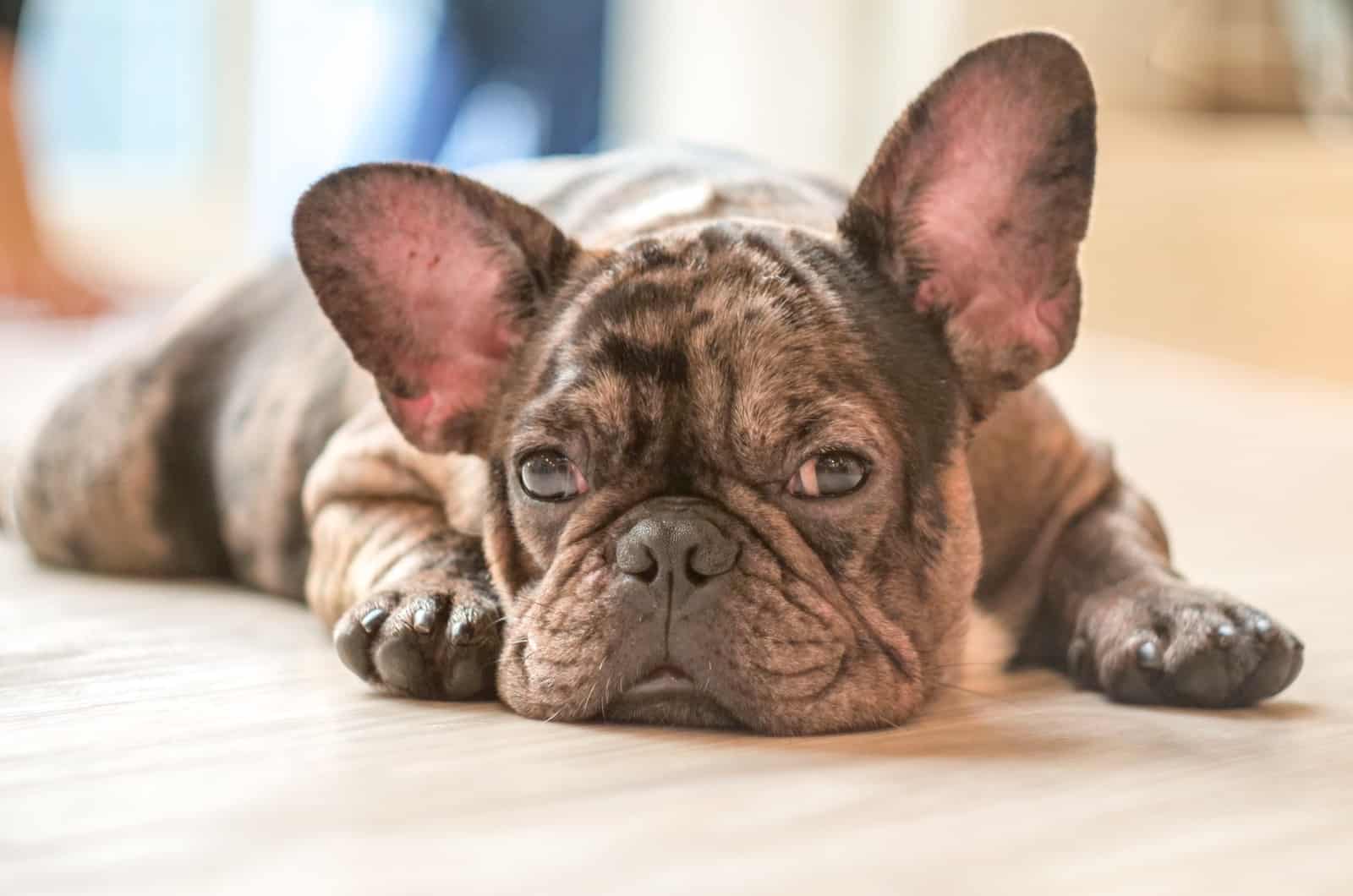
Most frequently found in these breeds is the presence of stenotic nares or narrowed nostrils. With a rather self-explanatory name, narrowed nostrils drastically reduce the lumen of the nose, creating serious problems with inhaling air.
The condition usually causes stertor – a low-pitched sound that happens when air is inhaled. However, stridor, or a high-pitched noise from the dog’s nose or larynx. It is associated with nasal passage blockage or obstruction of the voice box, or tracheal collapse.
Tracheal collapse is definitely the most serious out of all as it requires surgery that can have pretty poor outcomes, without a guarantee that the procedure will be a semi-permanent solution.
2. Elongated Soft Palate
The soft palate is the squishy part of the roof of the mouth that can be too long for the length of a dog’s mouth. This “extra” part of the soft palate will obstruct the trachea or windpipe, causing weird breathing noises.
Loud breathing is most commonly associated with an elongated soft palate, but the symptoms in these anatomical faults are more often than not interchangeable. So, with ESP, your dog can also snore, gasp, reverse sneeze, and wheeze.
3. Laryngeal Collapse
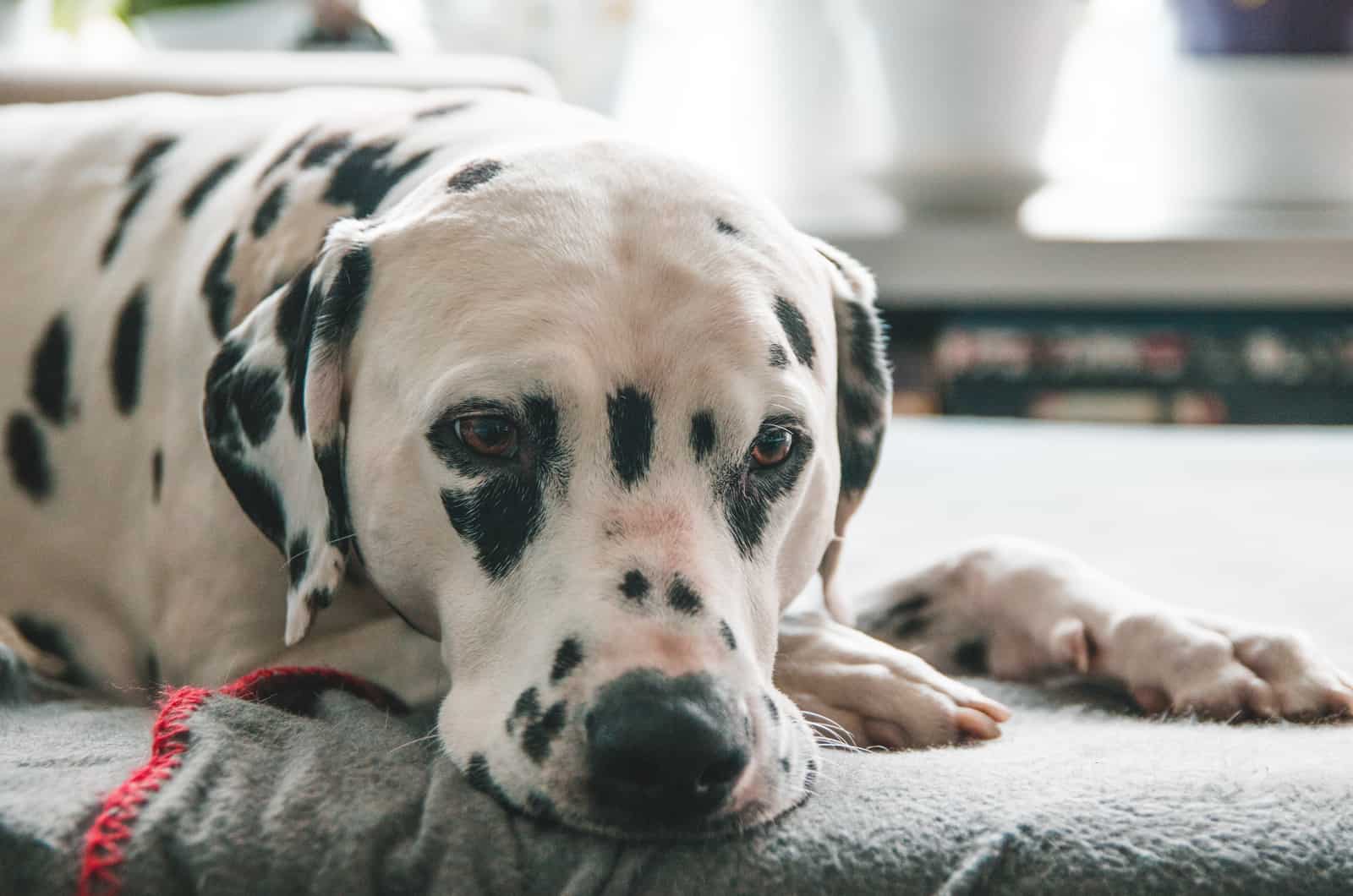
A collapse of the cartilage found in the throat (larynx) is often a secondary condition that occurs when one, or a combination of several, of the primary conditions associated with brachycephalic airway syndrome put too much pressure on the larynx.
The cartilage becomes structurally compromised, leading to a loss of function, which is to protect the lumen (diameter) of the larynx and trachea. The resulting symptoms come from the fact that airflow restriction becomes greater than previous to the condition.
4. Extended Nasopharyngeal Turbinates
While we are on the topic of airway obstruction, it is important to mention extended nasopharyngeal turbinates. This means that the ridges of bone surrounded by mucosa tissue reach into the pharynx, located right behind the nose and mouth.
Mucosa tissue helps with making the inhaled air warm and humidified for better oxidation. Depending on the severity of the overextended nasopharyngeal turbinate, there can be airway obstruction to varying degrees.
5. Everted Laryngeal Saccules
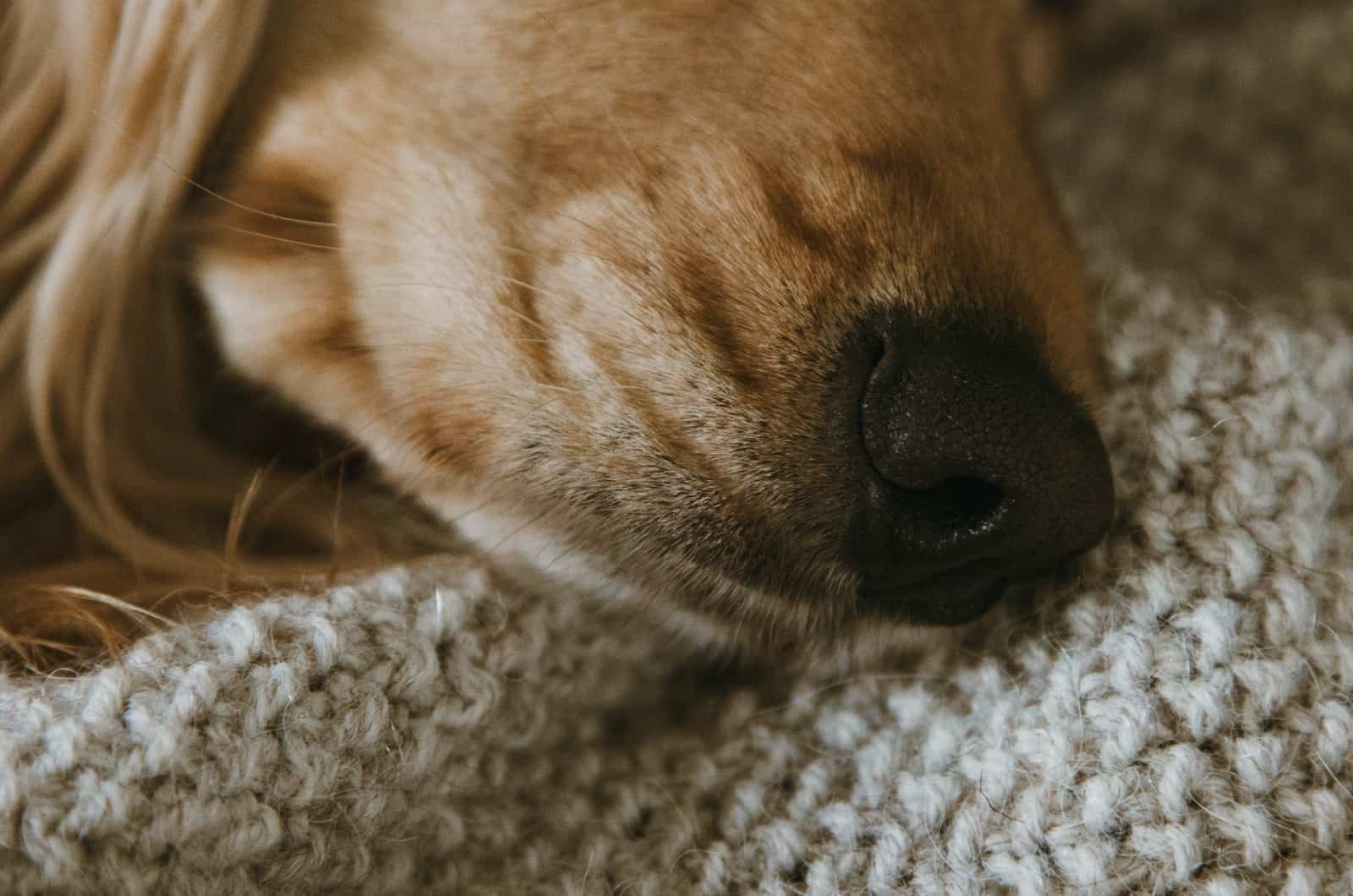
Narrowed nostrils in combination with an elongated soft palate will cause the small sacs in the larynx to get pulled further into the airway, creating a very disturbing wheezing sound.
Other weird breathing noises are also possible, including a soft choking sound while the dog is drinking water or eating food. These symptoms occur, again, due to a partial obstruction of the airway.
6. Hypoplastic Trachea
The trachea is the main conduit that air passes through on its way into the lungs. Hypoplastic means that the tracheal lumen or diameter is smaller than it should be. With a constricted windpipe, it is normal that less air will travel through it.
This causes labored breathing, problems with eating and drinking, and the combination of wheezing and gasping. A narrowed trachea can also lead to tracheal collapse, which can cause serious issues, intensify weird breathing noises, or even be fatal.
If your dog is struggling with a tracheal collapse, you might have a tough decision ahead of yourself. Read about these three main signs that will be more than telling that your dog should be euthanized.
7. Nasopharyngeal Stenosis
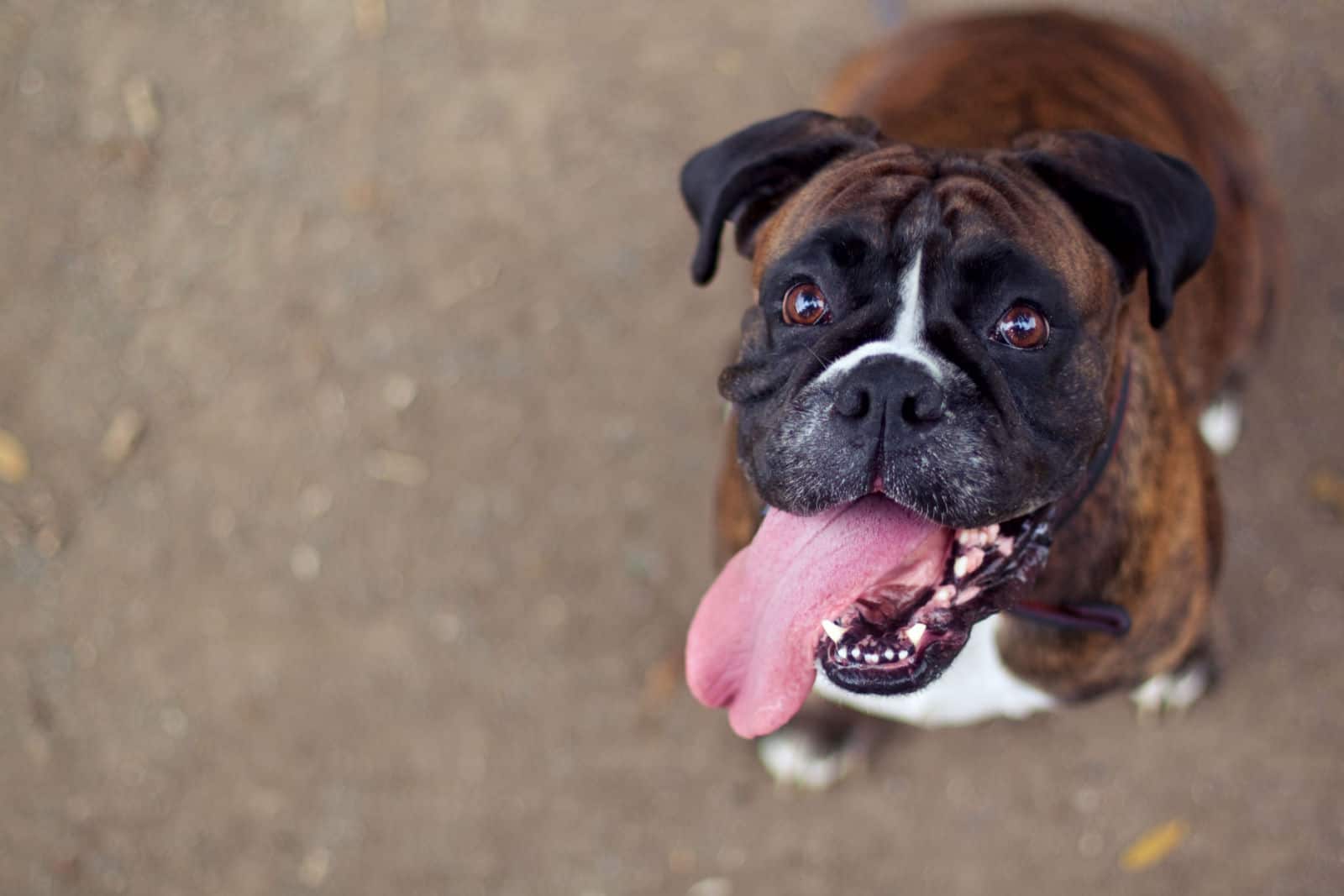
Just like with stenotic nares, the narrowing of both the back section of the nostrils and the pharynx will impair a dog’s ability to breathe properly. This carries its own set of odd breathing noises that include whistling and snoring.
Other symptoms, like labored breathing, discharge or open-mouth breathing can be obvious signs of stenosis. However, a veterinarian should do a thorough physical examination to determine which airway condition is behind these symptoms.
8. Tumors
Abnormal growths, whether benign or malignant, can be a big problem in dogs of any breed. Masses on the larynx, trachea, inside the nostrils, soft palate, and other parts of the upper airway, can be fatal for dogs that are not diagnosed quickly enough.
This is especially the case for aggressive types of cancer, which can develop suddenly and metastasize to other parts of the body within weeks. For brachycephalic breeds, it is crucial to have your vet do a full health check-up.
Symptoms can be anything from excessive panting and stertor to severely impaired breathing ability. Weird noises like whistling, gasping, wheezing, or snoring are all possible with tumorous growths.
9. Edema And Discharge
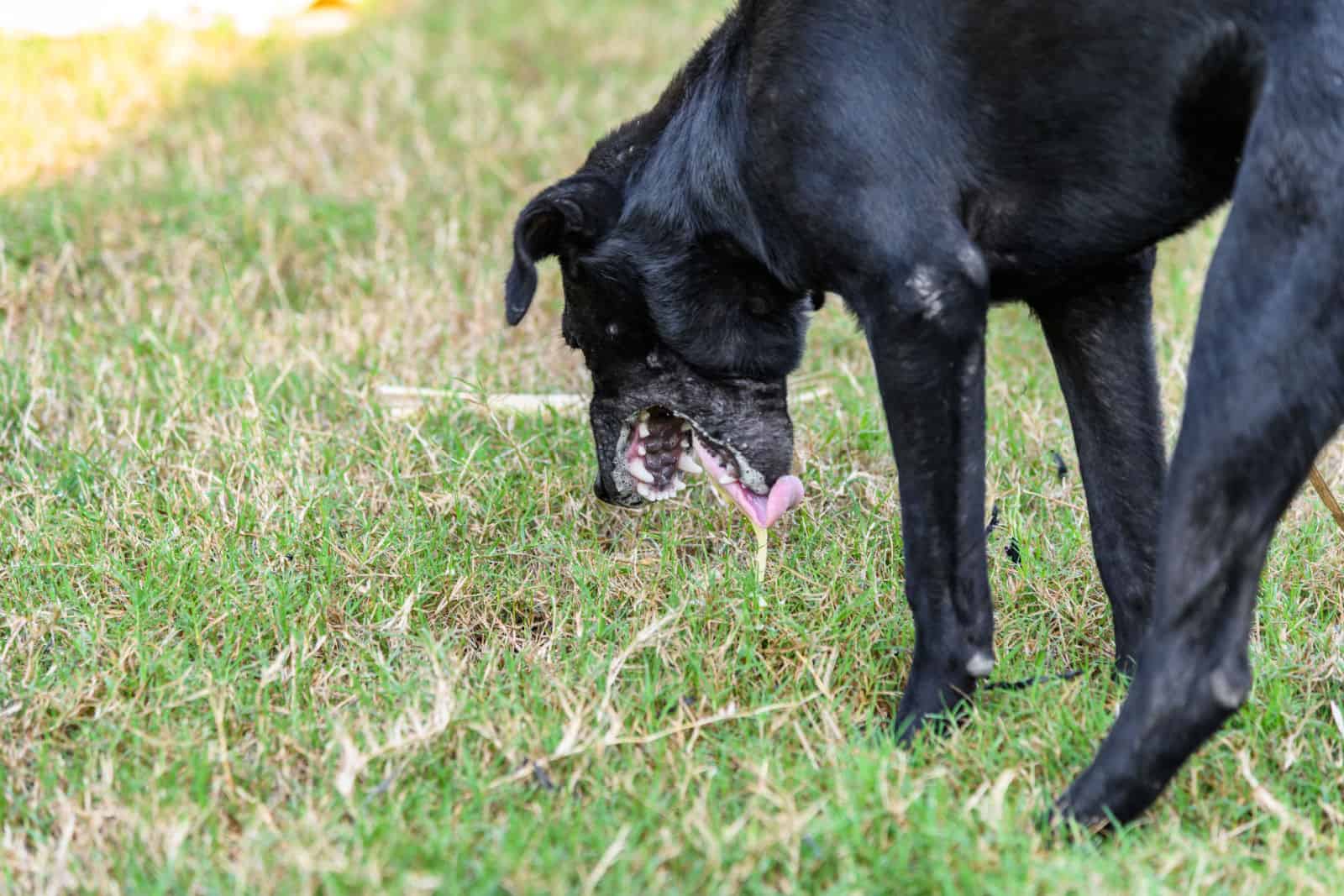
Any kind of inflammation in the respiratory tract can cause the buildup of liquid within any of the structures. Vomiting, regurgitation, infections of the airway and sudden bleeds, can all cause edema.
The most commonly affected parts of the upper respiratory system are the throat, voice box, and soft palate. Symptoms usually occur very soon after your dog vomits, regurgitates, or swallows a foreign object causing injury.
Like humans, dogs can get mucus, blood, or pus to accumulate in the upper airway structures. That can be due to foreign object blockage, as a result of an edema, inflammation, infection, or after a surgical procedure.
10. Allergic Reactions
Brachycephalic breeds are very prone to allergic reactions due to their already abnormal anatomy of the upper respiratory system. However, any dog can be allergic to food or environmental allergens.
Airborne allergens that can be inhaled, such as pollen, mite dust, or mold, can cause inflammation of the trachea, nasopharyngeal area, or the trachea. In direct contact with high amounts of allergens, your dog might develop severe allergic reactions.
Serious swelling of the windpipe, nose, or throat can come suddenly, and gasping, choking, and wheezing sounds are commonly heard within minutes of exposure to allergens. These situations require immediate veterinary care.
It is always useful to know what your dog might be sensitive or allergic to, so doing an allergy test is a good way to prepare yourself for any potential complications. Read our article on testing for allergies in dogs to learn more.
Summary
Ending with the 10 most common answers to “Why does my dog make weird breathing noises?” is plenty of reasons to be very quick on your feet if your dog shows any sort of weird noise coupled with difficulty breathing.
Most of the conditions require surgery, but the simpler ones, like toys or food stuck in the respiratory tract, allergic reactions, or discharge build-up can be resolved pain free and without much hassle.
Always consult your DVM before attempting to use home remedies, as you can do more damage than good. A prompt reaction and good reading of symptoms might be the difference between life and death for your dog.
